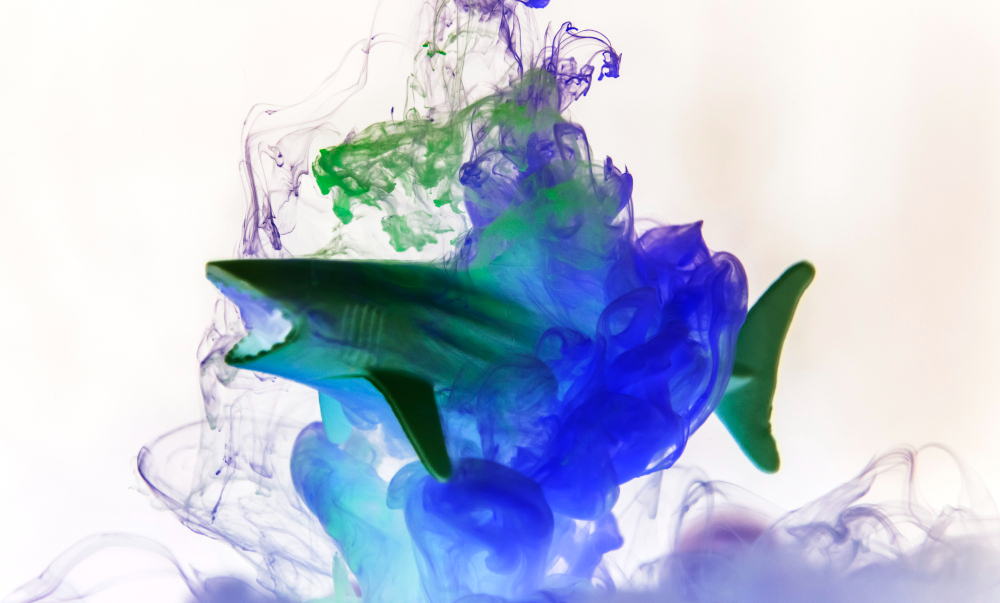The Rise of Digital Art: How Technology is Changing Creativity
Digital art is reshaping the way artists create and share their work. Thanks to advances in technology, artists now have new tools and platforms to express their ideas, reaching audiences worldwide without traditional barriers. This shift is changing creativity itself—how art is made, experienced, and valued.
Let’s explore the rise of digital art and its impact on creativity today.

What Is Digital Art?
Digital art refers to artworks created or enhanced using digital technology. This can include:
- Digital painting and drawing using tablets and styluses
- 3D modeling and animation
- Generative art made with computer algorithms
- Mixed media combining traditional and digital techniques
Unlike physical art, digital art exists in electronic form, allowing easy editing, duplication, and distribution.
How Technology Empowers Artists
1. New Tools for Creation
Software like Adobe Photoshop, Procreate, and Blender gives artists powerful features once only available in studios. These tools offer endless possibilities for experimenting with colors, shapes, and textures.
2. Accessibility and Learning
Anyone with a computer or tablet can start creating digital art. Online tutorials and communities help beginners learn skills quickly and connect with other artists.
3. Faster and Flexible Workflows
Digital files are easy to edit and share, allowing artists to revise their work without starting over. Collaboration also becomes simpler, with teams working together remotely.
Digital Art and New Forms of Expression
Technology enables forms of art that were impossible before:
- Animation and motion graphics bring static images to life.
- Virtual reality (VR) and augmented reality (AR) create immersive art experiences.
- AI-generated art uses machine learning to produce unique creations.
These new forms expand what art can be and how people experience it.
Challenges in the Digital Art World
Despite its promise, digital art faces hurdles:
- Copyright and ownership: Digital works can be easily copied or stolen online.
- Valuing digital art: Traditional collectors sometimes struggle to appreciate digital pieces.
- Technical barriers: High-quality software and hardware can be expensive.
The Rise of NFTs and Digital Marketplaces
Non-fungible tokens (NFTs) have recently changed how digital art is bought and sold. NFTs provide a way to prove ownership of unique digital items using blockchain technology. This innovation is opening new revenue streams for artists but also raising debates about sustainability and market speculation.

Final Thoughts
Digital art is more than just a trend—it’s a revolution in creativity. Technology is breaking down old limits, giving artists new tools to explore and share their vision. As digital art continues to evolve, it will shape the future of art, culture, and how we connect through creative expression.












